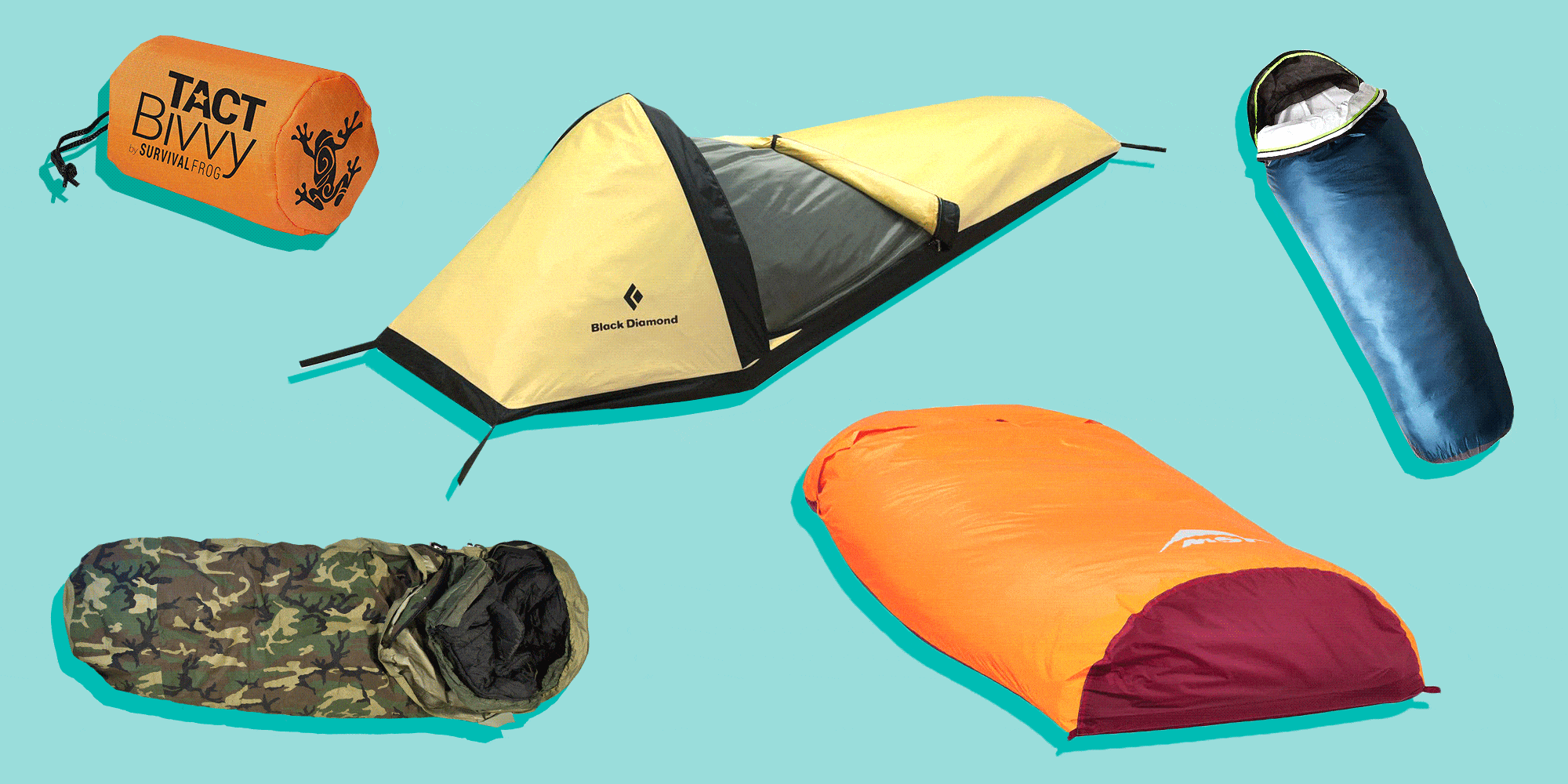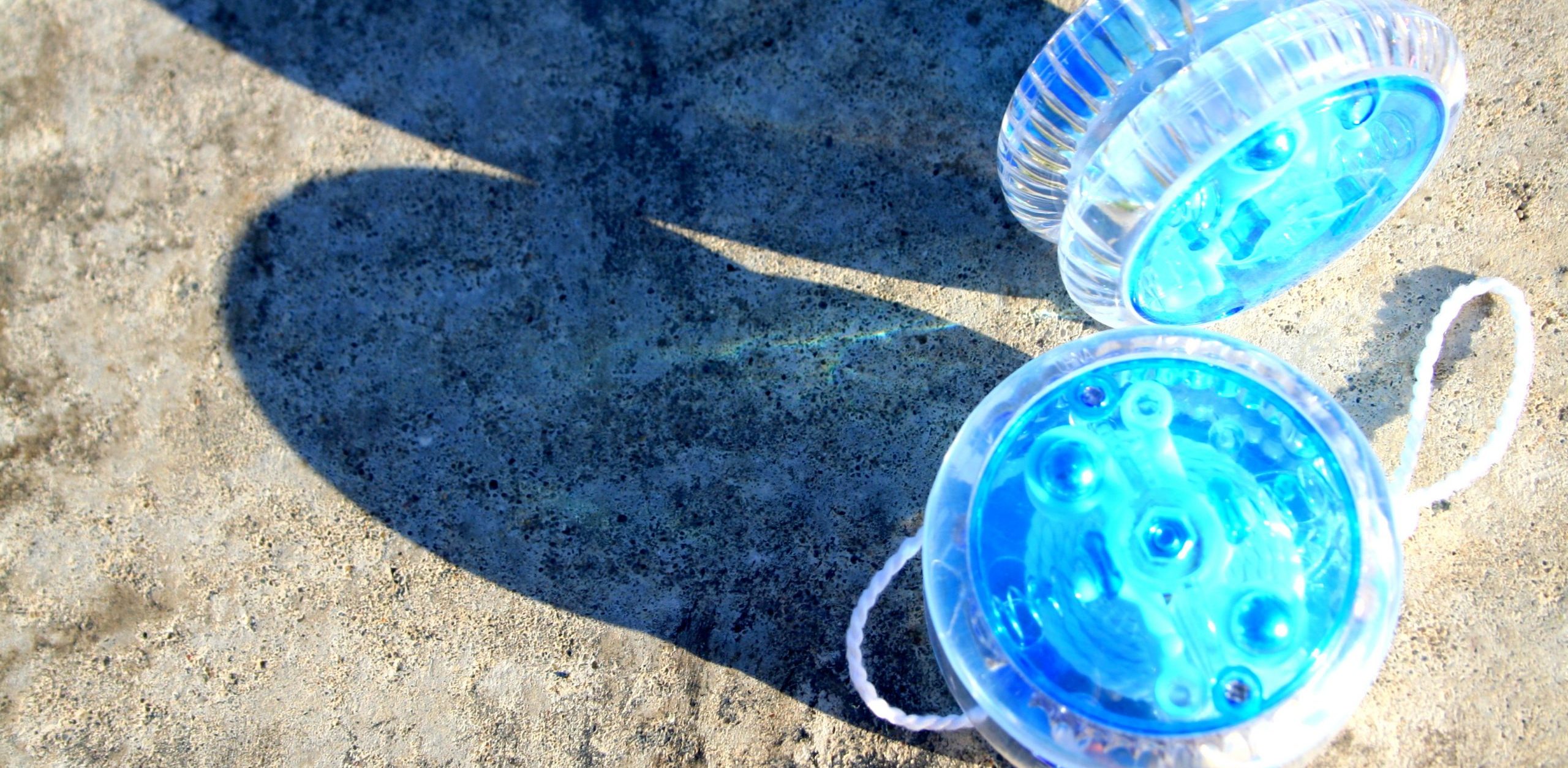Best Survival Bivy : Review And Buying Guide
Brandon Forder Apr 26, 2024 11:33 AM
Shelter is necessary for survival. Over 600 Americans per year learn the hard way that being out in cold or damp weather can cause hypothermia.
An emergency sleeping bag is just one aspect of a survival sleeping kit; if you want to survive cold weather, rain, sleet, or snow, you’ll also need shelter.
While learning how to build a survival shelter is a crucial bushcraft ability, you may not have time to gather the necessary equipment to make one in an emergency. A survival bivy bag is a lifesaver in extreme conditions.
Although there are a plethora of bivy sacks on the market, very few are up to our rigorous standards. Some of them are extremely fragile and can be shredded quickly, while others can't keep the water out or build up so much condensation that you still wake up drenched.
I made up my mind to take on the mission of locating the most effective survival bivy bags.
It wasn’t an easy assignment, but with the help of a few hundred product reviews and a ton of Youtube videos, I came up with the following things, all of which will stand the test of time, keeping you warm and dry, whatever the weather.

Compare Products
Last update on 2024-04-26 / Affiliate links / Images, Product Titles, and Product Highlights from Amazon Product Advertising API
Material
Since both nylon and polyethylene plastic are lightweight, long-lasting, permeable, and waterproof, you have your pick of the two.
Weight
The weight of a bivy sack is important for campers and hikers because they have to lug it around. A basic design and lighter weight will make your bivy bag much more portable.
Ventilation
If you're going to be using your bivy bag in warm weather, you should make sure it has some way for air to circulate. A bivy bag without a hood will provide better ventilation than one with a hood.
Protection
The best survival bivy sacks are watertight, bugproof, and windproof.
Like a mylar space blanket, the idea underlies the lightweight variant. By reducing your body's heat loss through radiation, this addition to the bivy sack makes it more comfortable to sleep in without adding unnecessary bulk.
Size
If you're looking for warmth without sacrificing mobility, a little bivy bag is the way to go. The bivy sacks featured below are all around 7 feet in length, giving you plenty of legroom.
The width is also a crucial factor to think about. If you’ve got a slim physique, something like the 2-foot wide Helium Bivy will be warm and comfortable. The Tact Bivy, with its extra 3 feet of shoulder room, is a better choice for those with a larger build.
Durability
When choosing a bivy, mind that you’re choosing something that should be appropriate for heavy use. Look for the versions constructed from a tear-resistant and waterproof material like ripstop nylon and Gore-tex.
Ease of Use
In order to get in and out of your bivy bag without getting stuck, make sure the opening at the top is as large as possible. A simple bivy sack, like the Tact Bivy, is very quick to set up. Having this characteristic makes it great for short-term survival but possibly less so for the long-term.
Brand reputation
The brand's reputation is a significant factor to think about, though perhaps not the most crucial. You can learn a lot about a product and where it stands in the market by reading internet reviews and researching it. SOL, Sierra Designs, Outdoor Research, Tennier, and RAB are some of the brands under question here.
What is the Purpose of a Bivy Sack?
A bivy sack is a type of sleeping bag used by campers who find themselves in a situation where they cannot put up a tent or find any other kind of shelter (such as in rock lodges, snow caves, etc.) for the night. However, technically bivy sacks are sleeping bags (sleep systems, to be precise) (sleep systems, to be precise). They are different from the standard sleeping bags typically used in a tent or at a sleepover.
As their name implies, bivy sacks are designed to be lightweight and small when not in use. This makes them great outdoor equipment for campers and survival enthusiasts.
Do You Need a Sleeping Bag with a Bivy?
If you have a bivy sack, you don't need a sleeping bag. Bivys are designed to replace sleeping bags during adverse weather conditions. For instance, you cannot use a sleeping bag without a tent or similar cover because it will not protect you from cold, rain, or snow. A bivy sack is useful for situations like this. However, a sleeping bag may be necessary for added warmth and protection when using a more budget-friendly bivy sack.
How should I care for my emergency bivvy sack?
Mylar is exceedingly thin and most of the bivys on this list have their thickness measured at 26um which is 26 micro meters or in other terms 0.026 mm or 0.001 inches. Care must be used when entering and exiting these bivy sacks due to the thinness of the material. The thin Mylar can easily be ripped by dragging the bivvy over rocks and trees, and a boot can punch a hole right through it.
Though these bivys are promoted as being durable enough to be used again and again, you should only count on them for the briefest of stays.
What should I be taking into consideration when using?
First and foremost, you should keep in mind that these bivy sacks do not provide any insulation from the ground, therefore you will need to put something on your sleeping pad to prevent direct contact with the dirt.
Second, these bivy sacks are not often breathable because they are designed to keep out water and wind. As a result, you'll need to give some thought to the possibility of condensation forming on the inside of them.
Finally, keep in mind that they are emergency bivys and in no way should be substituted for a proper sleeping bag.
When a tent, sleeping bag, and mat aren't available, a bivy sack is a convenient and lightweight alternative. As an added bonus, buying protection from the elements is easier than making your own.
They are inexpensive, small enough to pack in your bug-out bag, and more comfy than even the greatest survival poncho when it comes to riding out a storm.

![Don’t Die in The Woods - World’s Toughest Survival Bivy [with Hood Extension] Extra-Thick Emergency Sleeping Bag with Ripstop Nylon Stuff Sack - Built with Space Blanket Thermal Mylar Don’t Die in The Woods - World’s Toughest Survival Bivy [with Hood Extension] Extra-Thick Emergency Sleeping Bag with Ripstop Nylon Stuff Sack - Built with Space Blanket Thermal Mylar](https://m.media-amazon.com/images/I/51hm8Ob3IiL._SL500_.jpg)























